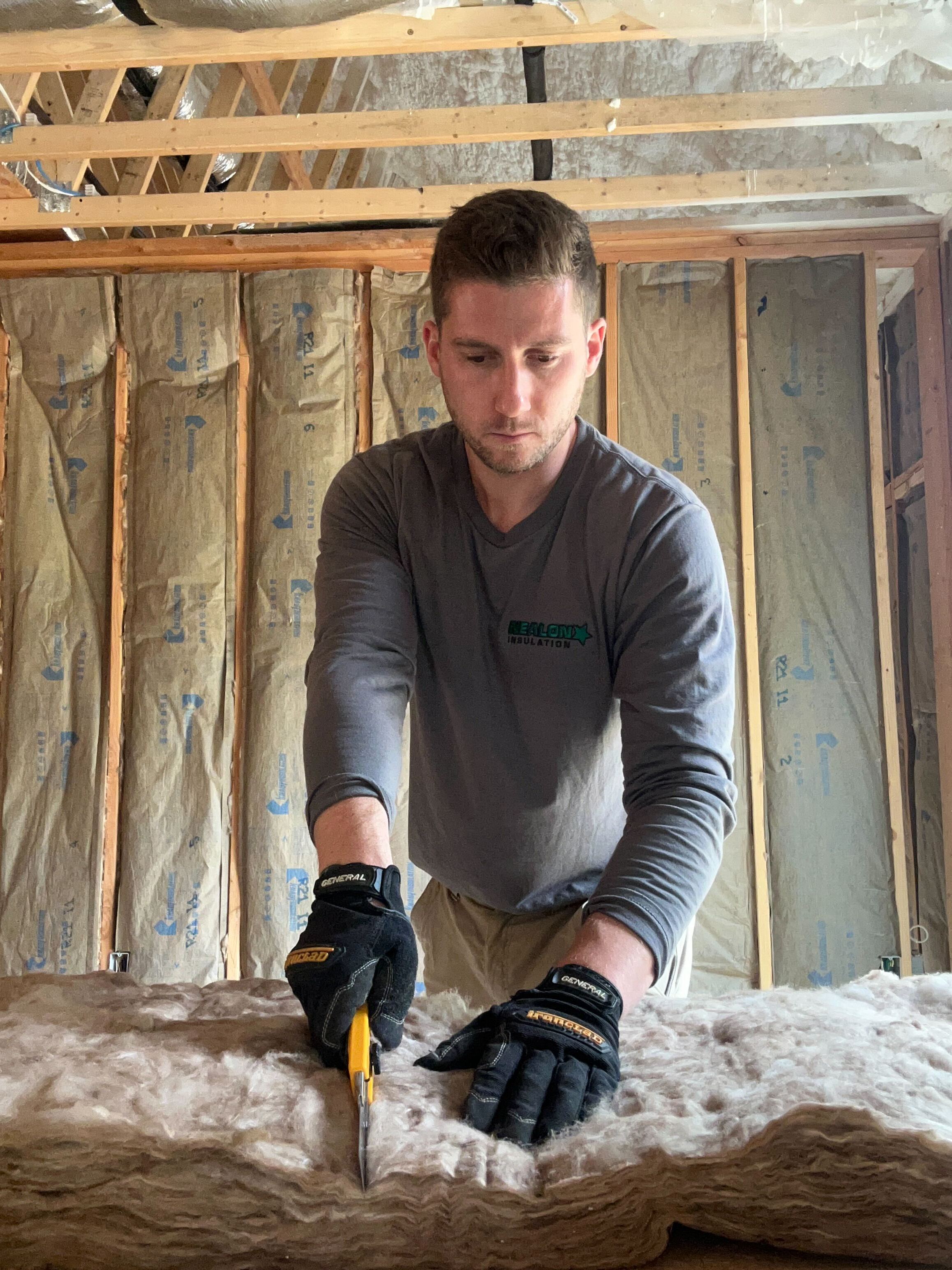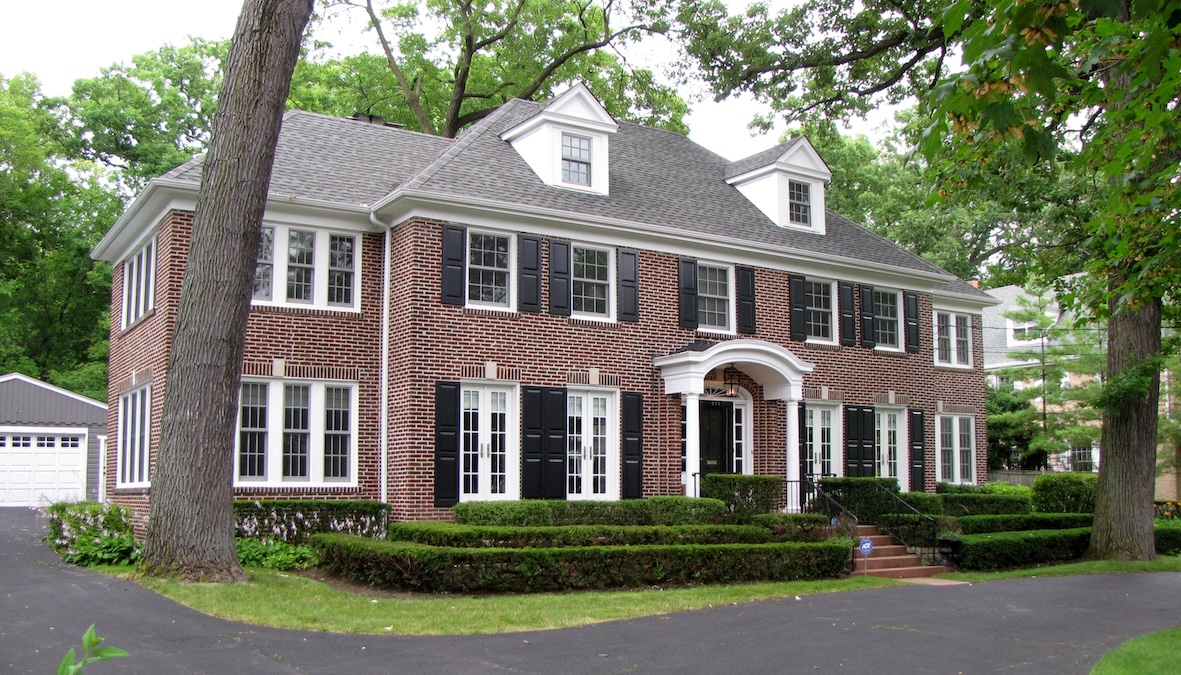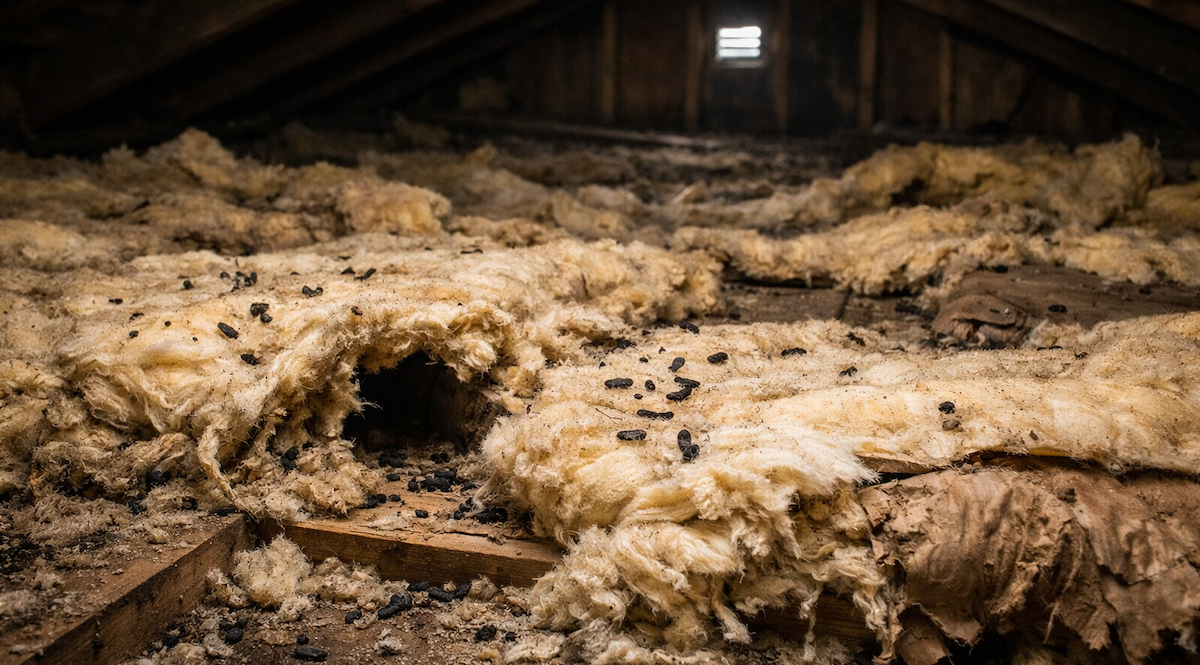Why Is My AC Not Cooling My House?

We hear this one every summer: "My AC's been running non-stop, but the house still feels like a sauna."
If your air conditioner sounds like it’s working overtime but your home still feels sticky and hot, you’re not imagining it. And no, you don’t have to immediately shell out for a brand new system. There are a few common reasons your AC might be underperforming—and insulation is one of the biggest (and most overlooked) culprits.
Let’s break it down.
1. Your Insulation Is Letting You Down
Here’s the deal: insulation isn’t just for keeping you warm in winter. It’s also what keeps cool air inside when the summer heat cranks up. If your attic’s poorly insulated or if your basement is basically a wind tunnel or if your walls are empty—you’re leaking that cold air faster than your AC can pump it out.
What to do:
Upgrade your insulation, especially in the attic. We use borate-treated cellulose that seals better, performs better, and helps keep your AC from dying of exhaustion. Cooler house, lower bills. Boom.
2. Your Air Filter Looks Like a Dust Bunny Convention
If your filter’s clogged, your AC can’t breathe. And if it can’t breathe, it can’t cool. Simple as that.
What to do:
Pop that filter out and check it. If it’s grey, fuzzy, or looks like it’s been through a dust storm, swap it out. Every 1–3 months is the sweet spot for most homes.
3. You’ve Got a Refrigerant Leak
If your system is low on refrigerant, it’s like trying to chill a six-pack with an empty cooler. Not gonna happen.
What to do:
Call an HVAC pro. This one’s not DIY—handling refrigerant requires proper tools and training (and a license).
4. Your Ductwork’s a Leaky Mess
Even if your AC is running fine, cool air could be disappearing through gaps, cracks, or crushed ductwork—especially in older homes. It’s like trying to fill a kiddie pool with a hole in the hose.
What to do:
Get your ductwork inspected and sealed. It’ll boost your system’s performance and help every room feel like it’s actually getting some AC love.
5. Your Thermostat’s Set Weird
We’ve all done it. You bump the thermostat, or it somehow gets switched to “heat” or “fan” mode—and suddenly the AC “isn’t working.”
What to do:
Double-check it. Make sure it’s set to cool, set to auto, and sitting somewhere between 72–78°F. That’s your efficiency sweet spot.
6. Your AC Is Too Small (Or Just Old and Tired)
If your system was undersized when it was installed—or it’s over a decade old—it might be flat-out unable to keep up with demand. Age and wear take their toll, and a small unit can’t cool a big space no matter how hard it tries.
What to do:
Have a pro size your home and system. If it’s time for an upgrade, look for a high-efficiency unit that fits your space properly.
Insulation: The Unsung Hero of Summer Comfort
All of these issues matter—but if your house isn’t sealed right, your AC is fighting a losing battle.
What Are the AC Challenges in Different Parts of the Home?
Let’s break it down room by room — because your AC isn’t just battling the outside air. It’s battling your home’s weak spots. Some areas are just harder to keep cool, especially if the insulation or air sealing is lacking.
🏠 Attic: The Heat Magnet
Your attic bakes in the sun all day, and without solid insulation, that heat radiates straight down into your living space. It’s not uncommon for attic temps to hit 130°F or more in summer — basically turning your upstairs into a slow-roasting oven.
AC challenge: It can’t keep up. You lose cool air up, gain hot air down.
Insulation fix: Add high R-value cellulose (R49–R60) and proper baffles for airflow. Cool stays in, heat stays out.
🧱 Walls: The Silent Heat Movers
Walls in older Connecticut homes often have little or no insulation. That means conduction is happening 24/7 — heat from outside seeps in, and your conditioned air seeps out. Worse if you’re dealing with sun-facing walls.
AC challenge: The system has to work overtime to maintain even temps.
Insulation fix: Dense-pack cellulose fills gaps, slows heat flow, and keeps the cool where it belongs.
🧊 Basements & Crawlspaces: The Cold-Hot Trap
Basements and crawlspaces can act like heat sinks — or worse, they pull in humid outside air that spreads through the house. If your ductwork runs through a crawlspace? That cold air’s getting zapped before it even reaches the vents.
AC challenge: Humidity spikes, uneven cooling, overworked system.
Insulation fix: Spray foam the rim joists and insulate crawlspace walls. Keeps air clean, dry, and efficient.
🚗 Garages: The Radiant Oven Next Door
Attached garages, especially with a bedroom or office above, are notorious heat sources. Without insulation in the garage ceiling or shared walls, that space soaks up the sun and dumps heat right into your house.
AC challenge: That room above the garage never cools down.
Insulation fix: Dense-pack the garage ceiling and shared walls. It’s a game-changer for comfort and system efficiency.
Bottom line? Your AC isn’t failing — it’s fighting a war on too many fronts. Targeted insulation in the worst-performing areas gives your system a break, lowers energy bills, and helps every room feel like it’s actually getting the cool air you're paying for.
Which Insulation Is Right for You?
Not all insulation is created equal—and not every home needs the same solution. Here’s a quick guide to picking the right material for your situation:
- Cellulose Insulation: Best for older homes with drafty attics and uneven framing. It's dense, eco-friendly, and great at sealing air leaks. If you want solid performance in both winter and summer, cellulose is your workhorse.
- Spray Foam Insulation: Ideal for hard-to-reach areas or when you want a full air seal—think crawl spaces, rim joists, and cathedral ceilings. Closed-cell foam adds structural strength and moisture resistance too. It’s pricier, but airtight.
- Fiberglass Insulation: A budget-friendly option for large open spaces with good ventilation, like new construction or well-vented attics. Just make sure it’s properly installed—it doesn’t seal air leaks like the others.
At Nealon Insulation, we’ve been helping shoreline homeowners seal up and cool down for 48 years. We install high-performance cellulose insulation that stops air leaks, cuts down on heat transfer, and helps your cooling system actually do its job.
👉 Sweating through another summer? Let’s fix that. Contact Nealon Insulation today for a no-pressure consult. We’ll help you keep the cool air where it belongs—inside your house.
Related Articles
Let's Work Together
Ready to transform your home into an energy-efficient haven? Schedule your free energy assessment today and experience the Nealon difference for yourself.



